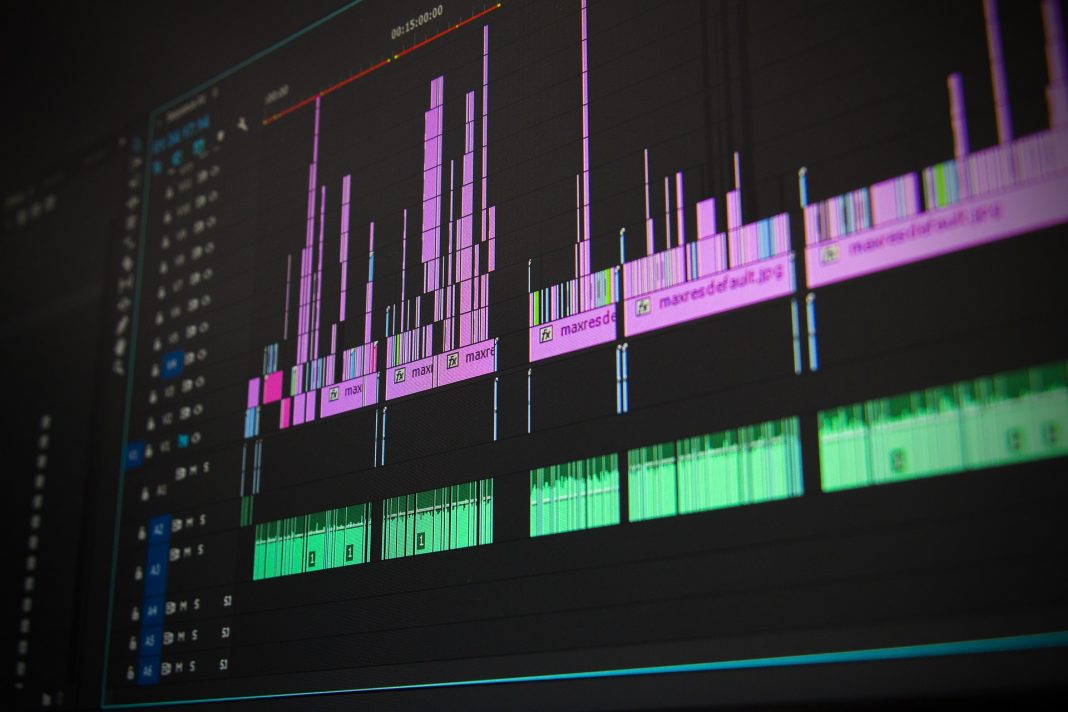Next Challenge: The (Re)Edit
Three Options this week:
Option 1: Re-edit a TV or Movie scene or trailer to completely change the tone or genre.
Option 2: Find Public Domain or Fair Use clips to edit to your favorite speech (e.g. Alan Watts videos are very popular)
Option 3: Use Public Domain or Fair Use clips to illustrate the story you wrote for your project last week. Simply read your script and lay clips on top of it. (Note: You will need to re-write your script so that it is not about what you “will” do, but so that it is a story in and of itself.)
Your final video should include:
- Fair Use, Creative Commons, or Public Domain materials
- A copyright-free or copyright cleared music track / soundtrack
- A transformative use of other materials
Post to YouTube and share here along with your reflections on what worked, what didn’t, and how you hope to improve in the future.
Depending on your final project vision, try to practice most of the following:
- a voice-over from your very short story (may be a new version)
- legal music
- titles
- at least one overlay of a still image/graphic (may be part of the title)
- variable clip speeds (slow or fast motion)
- a crop and pan
- at least one very special effect transition of your choice
This will help us practice
- workflow
- file management
- finding good materials
- understanding copyright, creative commons, and fair use
- audio recording and processing
- editing
Re-Edit of a Scene Example:
Your Favorite Speech Edit Examples:
Your Story with Stock Footage
Finding Footage
- Videvo.net has some great footage and sound effects
- Search YouTube, adding “,creativecommons” to find material you can use if you are not monetizing your video
- Use archive.org to find good historical footage
- You might also be able to use commercial footage if your use is “transformative” and you are not monetizing your content.
Fair Use Guidelines
The Four Factors:
- the purpose and character of your use
- the nature of the copyrighted work
- the amount and substantiality of the portion taken, and
- the effect of the use upon the potential market.
The two guiding questions:
- Did the unlicensed use “transform” the material taken from the copyrighted work by using it for a different purpose than the original, or did it just repeat the work for the same intent and value as the original?
- Was the amount and nature of material taken appropriate in light of the nature of the
copyrighted work and of the use?
Four classes of material that are likely to be okay under Fair Use laws:
- Using material as the object of social, political, or cultural critique
- Quoting elements of popular culture to illustrate an argument or point
- Capturing media content in the process of filming something else
- Using copyrighted material in a historical sequence
For more, check out the Code of Best Practices for Fair Use in Online Video
Where to find Music
YouTube Channels with Free Music:
- ✅ NoCopyrightSounds https://www.youtube.com/user/NoCopyri…
- ✅ Royalty Free Music from Trap Nation https://www.youtube.com/playlist?list…
- ✅ Royalty Free Music from Bass Nation https://www.youtube.com/playlist?list…
- ✅ No Copyright Music from SoundCloud (Audio Library) https://www.youtube.com/playlist?list…
- ✅ Vlog No Copyright Music https://www.youtube.com/channel/UCEic…
Also Try:
- Go to Create/Music Policies in your YouTube Creator Studio
- Search for the song you want to use and check the permissions
- If you found a song, use a YouTube converter to download
- Find unknown artists and ask them if you can use their music
- Support a rising artist on Patreon in exchange for their music (I support Panthurr and Andrew Applepie)
- Check out the YouTube Audio Library (though these are sometimes over-used)
- Also consider purchasing a subscription to artlist.io or epidemic sound
Recording the Voice-Over
- Use the Zoom + a lavalier + headphones to monitor.
- Eliminate as many sounds in your environment as possible. (There is a sound-room in Hale Library.)
- If all else fails, get as many blankets as you can and just bury yourself in the blankets while you do the voice-over.
- Set levels on the Zoom so it peaks about -6dB.
The quickest way to tweak your audio in Premiere:
Remove Background Noise with Audition
Advanced Processing in Audition if you want it to sound amazing:
In short:
- Normalize to -1dB
- Use equalizers and dynamic processing to get the tone like you want it.
- Amplify and Compress
- Noise reduction
- Normalize again
- Cut breaths and unwanted sounds
- Normalize again
- Hard Limit to -1dB or use an amplifier or multiband compressor preset (7:00)
Adding Titles & Graphics
Jump to 1:30 for the good stuff.
Slow and Fast Motion
Pan/Crop “Fake Camera Movements”
1:00 – Zoom
2:40 – Pan
4:30 – Rotation
5:30 – Combination Zoom and Rotation
Organizing the Chaos
Backing stuff up:
Subsequences:
Special Effects in Premier Pro
Special Effects in After Effects
The Pros use these presets to seem amazing:
What is After Effects?
The basics of After Effects:
How to use After Effects templates



